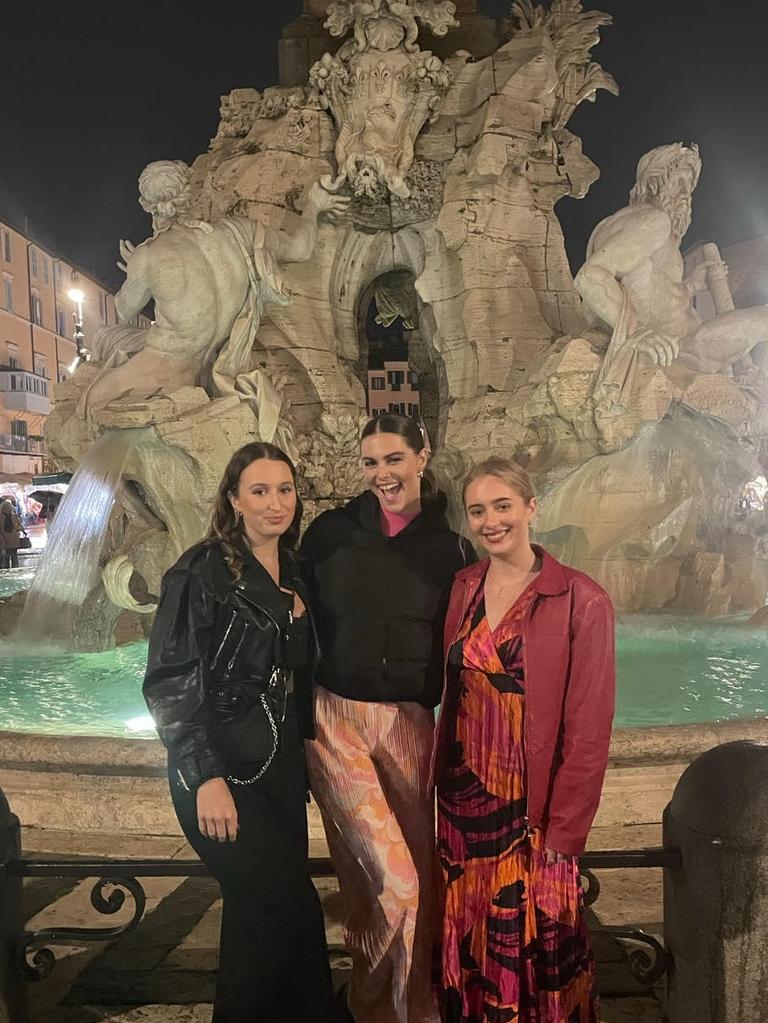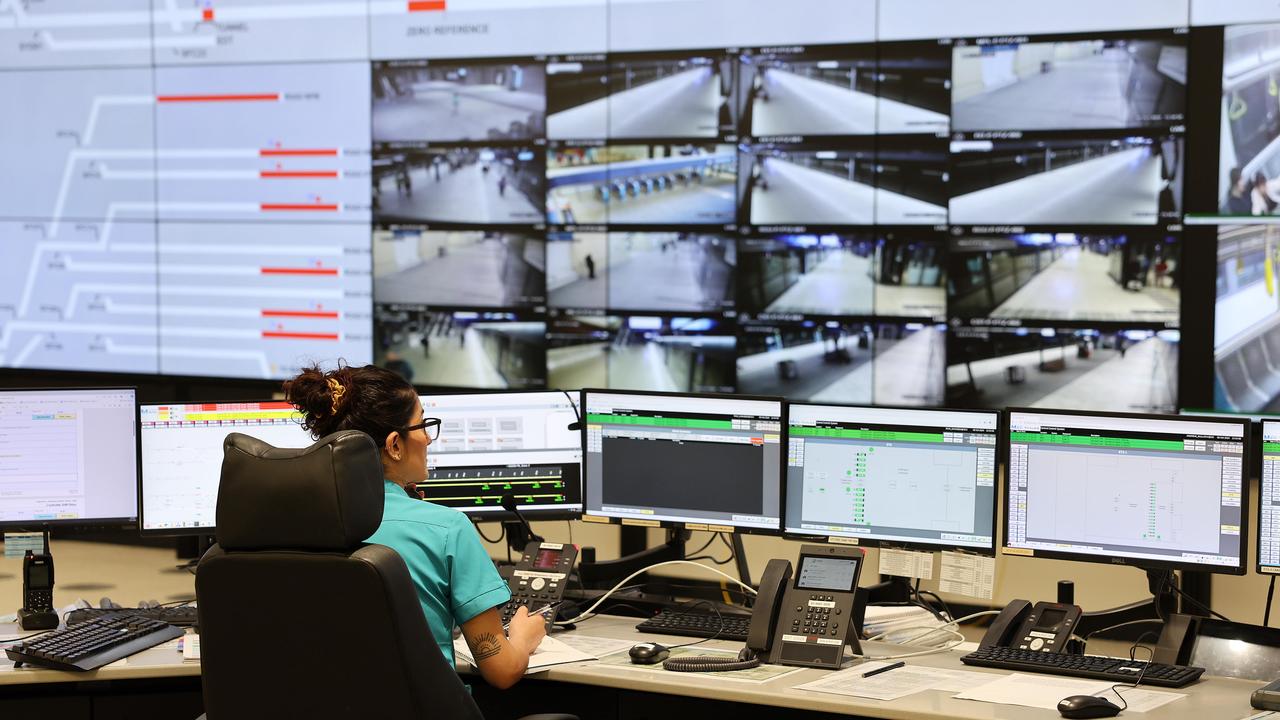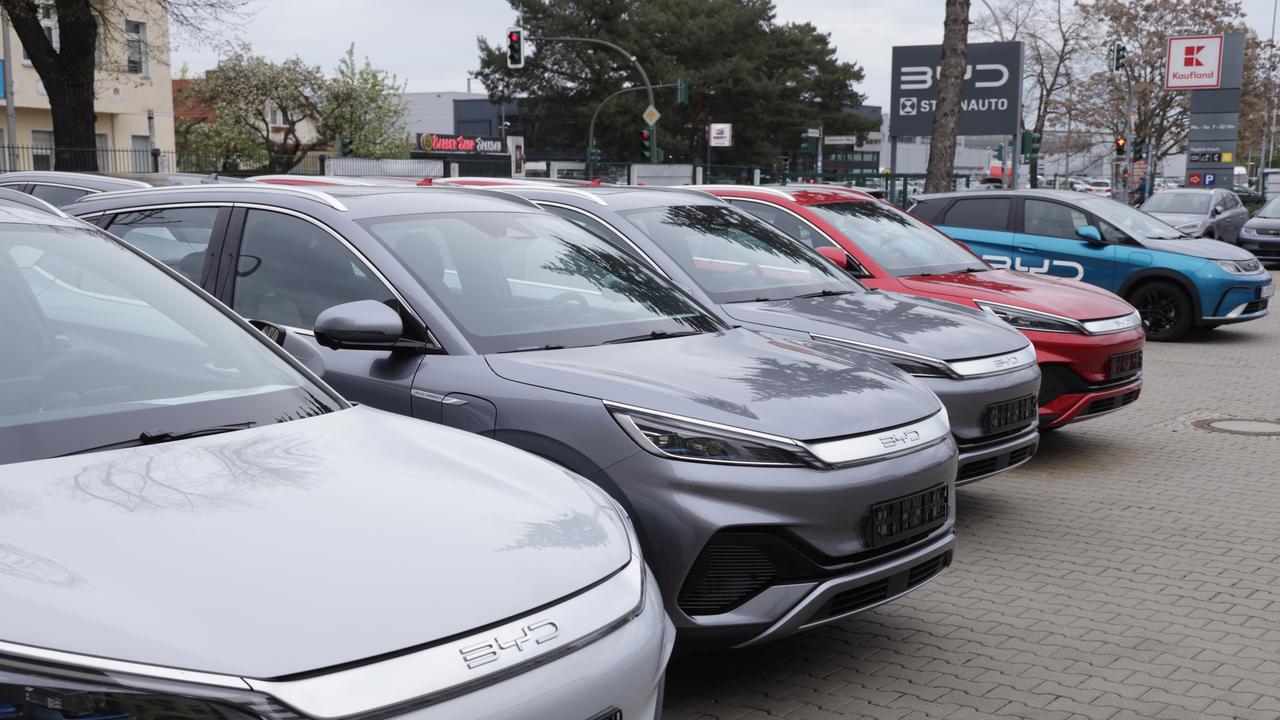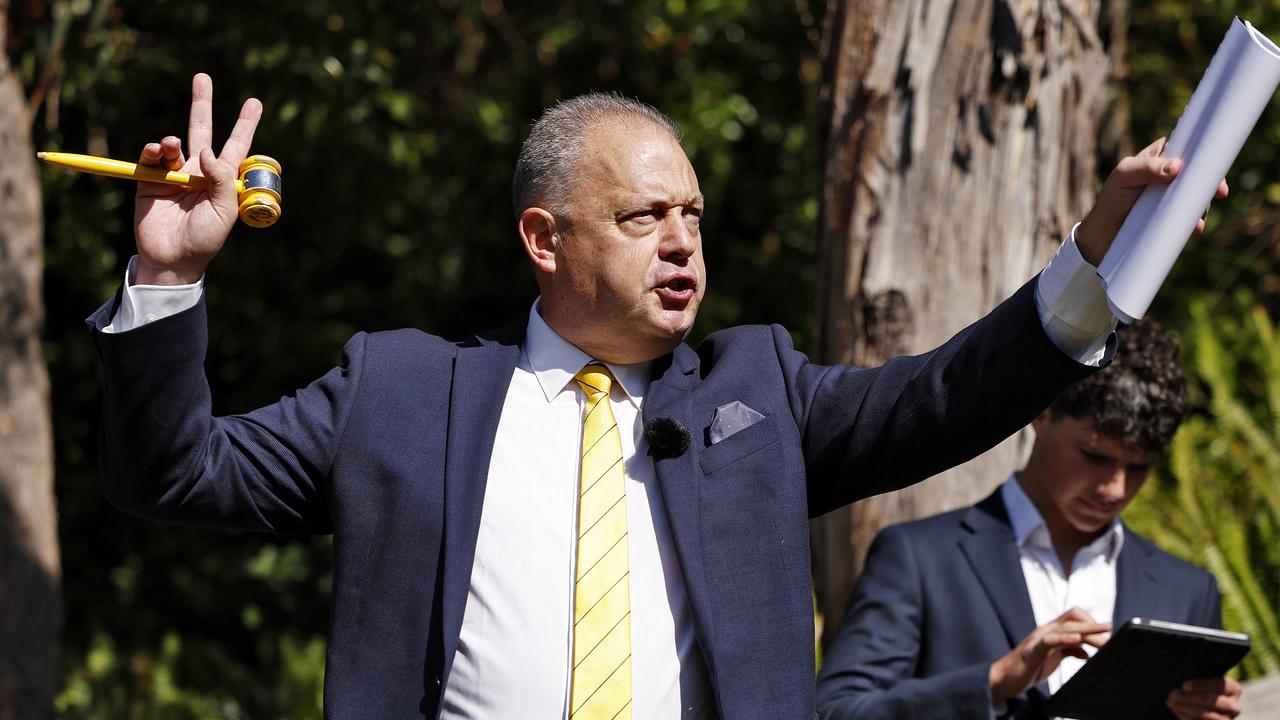How Contiki reinvented itself for a new generation of travellers
At 62-years-old Contiki tours are finding a whole new fan base among holidaymakers who prize early nights and cultural experiences over drinking and partying.

Business
Don't miss out on the headlines from Business. Followed categories will be added to My News.
Much the same as Dunlop volleys, vinyl records and Levi’s, Contiki tours have roared back into favour with a new generation of Australians, thanks to some 21st century reinvention.
While the partying and opportunity for new ‘friendships’ still exists, Contiki has come a long way from jaunty buses, dorm-like accommodation and liquid dinners.
Contiki global CEO Adam Armstrong said, given the brand had endured for 62-years, evolution was essential in order to remain relevant to their 18 to 35-year-old target market.
It appears they’re succeeding, with Contiki seeing double-digit increases in traffic from Australia to Asia and Europe year-on-year.
“The core DNA of what Contiki stands for is exactly the same as when it was founded, and that’s about bringing young people together to travel around the world and have a bit of fun along the way,” said Mr Armstrong.
“What has changed is some of the behaviours, some of the demands and the requirements of our guests. What they want to do is less party and active, and more cultural and sightseeing and a bit more chill.”

The new Contiki traveller was also more inclined to favour sleep over late nights, so they could be up early for a day of adventure.
Contiki Australia New Zealand managing director Toni Ambler said this initially challenged the company in terms of organising evening activities.
“It used to be go to the bar, have a drink and job done,” said Ms Ambler.
“Now it’s night time cruises in Amsterdam, or dinner and board games around the fire in our French chateau, night walking tours or perhaps cocktails by the pool.”
Sustainable travel was also important to the Contiki customer, but not to the extent they were willing to pay extra for it.
Mr Armstrong said they also didn’t want to be reminded every day of their trip the company was carbon neutral.
“The Gen Z and millennial audience just expect it. It should certainly be in the mix of messages but it’s no more important to them than what the food is going to be like,” he said.
While the shift away from partying had its benefits for trip managers, Mr Armstrong said it did create a new set of challenges.

With many travellers coming on the tour well educated about the places they were going, it meant trip managers could not afford to have rigid itineraries.
“Back in the day people were just happy to go and do what the trip director told them to do. Switch to now and people know where they’re going, what they want to do, what restaurant they want to eat at, and what celebrity hotspot they want to visit,” said Mr Armstrong.
“It makes our trip managers’ job that much harder because you’ve got 52 people all with a list of 20 things they want to do and invariably they’re not the same 20 things.”
Travel hungry Australians and New Zealanders made up two-thirds of the customers, with Europe still the most sought-after destination.

Ruby Patterson of Brisbane, now 20, was 19 when she and best friend Abigail Doherty took a Contiki tour of Europe in late 2022.
She said the experience had “gifted her with the skills and knowledge” to go forward and take travel into her own hands.
“The renowned Contiki bus rides taught me that the journey is just as important as the destination,” said Ms Patterson.
“I made some amazing friends — don’t get me wrong, you’re not going to click with everyone, but rest assured there is someone for everyone.”

Ms Ambler said in an age when social isolation was common, Contiki tours played an important role.
“Young people do want to see the world, and it’s lonely doing it in an Airbnb, getting in an Uber and staying a couple of nights in Barcelona with only a smartphone for company,” she said.
In an effort to prepare trip managers for whatever arose on a tour, new recruits were put through rigorous “Survivor-style” training to determine their suitability.
Ms Ambler said, on top of the 55-day training trip, candidates had to write a 30,000 word thesis on European history.
“They have to do a lot of work, and then they have to give up their lives and take a hedge they’re going to last the training trip where they get put through a lot of different scenarios,” she said.
“Not everyone survives the trip because it’s a really hard job.”
Nevertheless, there was no shortage of interest in the positions and at any one time, up to 200 Contiki tours could be underway all over the world.
More Coverage
Originally published as How Contiki reinvented itself for a new generation of travellers








